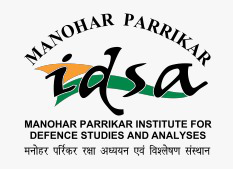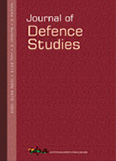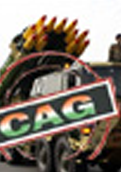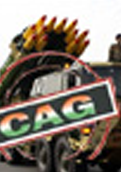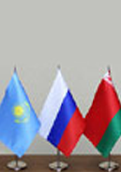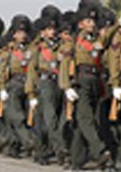An Assessment of Organisational Change in the Indian Army
The article analyses military change in the context of the Indian Army, with specific focus on organisational innovation and change. In doing so, it analyses two case studies: restructuring of the army after the Sino-Indian War of 1962; and mechanisation based on the 1975 expert committee recommendations. On the basis of these case studies, the article assesses the drivers and desirables for organisational change in the Indian Army, with the further aim of deriving policy recommendations which are especially apt in light of the ongoing transformation of the army.
Artillery modernisation: needed for firepower
Despite the lessons learnt during the Kargil conflict, where artillery firepower paved the way for victory, modernisation of the artillery continued to be neglected. The recent acquisition of 814 truck-mounted 155 mm/52-calibre guns is a step in the right direction.
Indian Army’s Modernisation Plans: Call for Pragmatism
The Parliamentary Standing Committee on Defence’s figures reveals that the army's equipment modernisation is steadily falling. In 2008-09, the army spent 27 paisa of every rupee on capital expenditure. This fell to 24 paisa in 2009-10; 23 paisa in 2010-11; 20 paisa in 2012-13 and just 18 paisa in the last two years. Resultantly the army’s ambitious plans to transform from a ‘threat-based to a capability force’ by 2020 are being consistently thwarted.
Indians, Anzacs and Gallipoli, 1915
As one of the world’s most populous nations, India today has one of its largest armies, which stands ready to defend the nation. A century ago, India’s army was similarly large but was used to defend the British empire as well as Britain’s Indian possessions. In 1914, the Indian Army (a force of about 200,000 men) provided a vast reservoir of trained military manpower, one immediately used by Britain as it entered the Great War.
Modernising the Army’s Tactical-level Communications Systems
The new optical fibre network being laid as an alternative to the 3G spectrum surrendered by the armed forces will go a long way in providing modern land-line communications in peace stations and to limited extent up to the war-time locations of higher formation HQ.
Army’s Ingenious Frontier Diplomacy
To reshape public confidence further, the Union Home Ministry should quickly address the long festering issue of redeploying at least one regiment of the sashastra seema bal (SSB) in Ladakh. Initially raised as Special Service Bureau in the 1960s, SSB effectively involved natives for building a second line of defence against adversaries.
Delegation of Powers to the Armed Forces in a Time Warp
MoD, according to news reports, has instructed the Army HQ that its permission will need to be taken before changing the structure or role of the units in future. This could easily be interpreted to mean that there are no existing instructions on such vital issues. But such an impression would be wrong.
